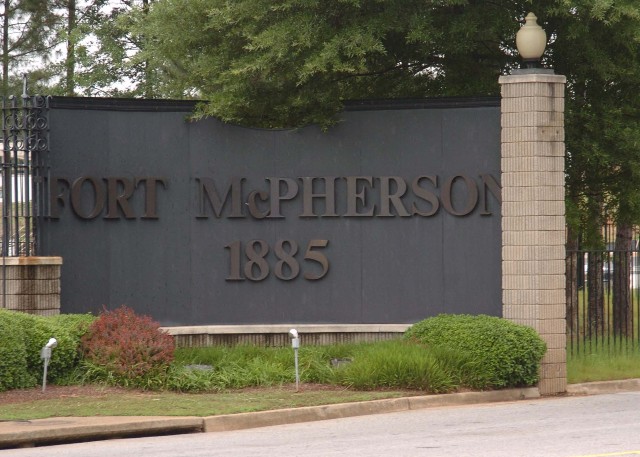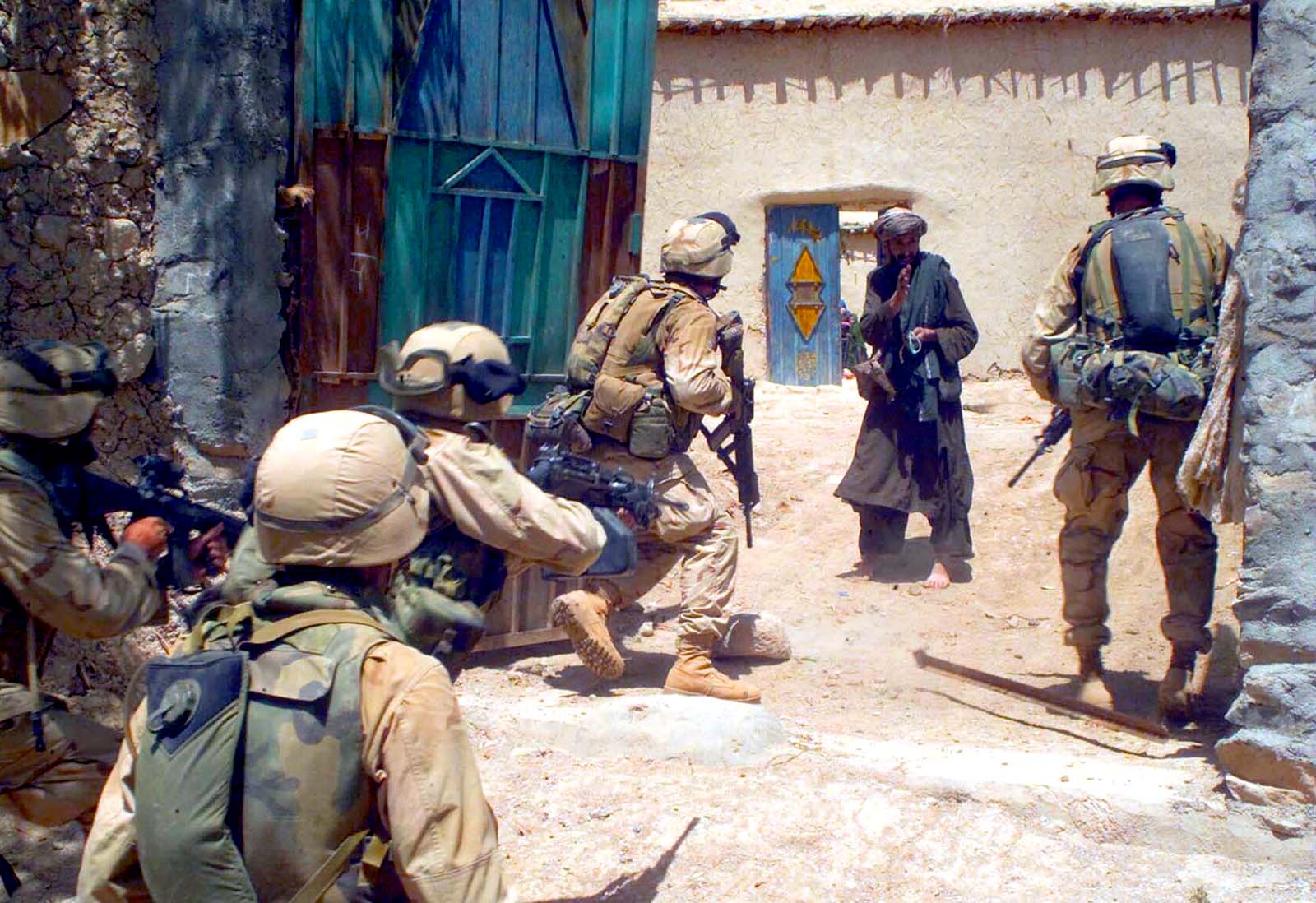By Suzanne Rice, Wife of COL Bill Rice, Chief of Plans and Operations, Third U. S. Army, Ft. McPherson, Georgia
While Bill was on active duty serving as the Chief of Plans and later the G-3 (1991-1996) of Third U.S. Army, the Commanding General Steven Arnold, noting the power and growth of technology, decided that Third Army/ARCENT (U.S. Army Central Command) should investigate the possibility of creating a mobile command post to incorporate the newest technology into a small space. This command post was to be capable of being moved at a moment’s notice to the battlefield, wherever it might be in the Area of Operation (AOR) of Third Army. Bill was chosen to lead the effort to create this Mobile Command Post and then, later, when he retired in 1996, he continued to work on that project as a civilian.

Nothing like this had been conceived for the Army before, so this was new ground to explore and it kept Bill busy for four years! The idea was to place into a space the size of an overseas shipping container all the communication and information tools that a commander could need to fight and win the battles of the future. Bill worked with Army and Air Force personnel and civilian experts taking many trips around the country to discover the possibilities and shaping the design for the prototype of this new tool in the Army arsenal. This deployable headquarters was to have almost as much interconnectivity and bandwidth as the permanent Third Army Headquarters at Ft. McPherson, GA. The command post with its own generators and support equipment inside overseas containers would be able to roll easily on and off an Air Force C-141 or C-5 so that it could arrive as soon as possible to any hot spot and would be able to be set up and operating within eight hours of arrival. Understanding the volatility of the Third Army Area of Operation (25 countries in South and Central Asia, including Iraq and Afghanistan, the Persian Gulf, and Northeast Africa including Egypt, Somalia and the Horn of Africa), MG Arnold could see that the Third Army Headquarters would need to be able to coordinate operations at almost any moment – and as quickly as possible. Because the Third Army Headquarters could not be sure of the conditions they would find should they be sent to most of the countries in their Area of Operation (AOR), the mobile command post would be their home base until/if a more permanent headquarters could be set up. At that time, the only place in the AOR, with prepositioned equipment and a headquarters to fall in on was in Kuwait which Bill had set up soon after the first Gulf War in 1992 – as the action officer for Joint Task Force Kuwait. It was clear to Bill from that experience that even with all the most up-to-date technology, in the heat of battle, some of that electronics might fail, so he incorporated into the Command Post, “stone age” technology such as wax pencils, overlay maps, slide rules, etc., so that the Commander could still engage the enemy whether or not the newest technology was working.
The Mobile Command Post for Third Army was given the name Lucky Main and by late 1999 Lucky Main was ready for use. By this time, MG Tommy Franks had assumed command of Third Army and he took Lucky Main to the Bright Star exercise in Egypt to give it a trial run. Secretary of Defense William Cohen and CENTCOM commander, Anthony Zinni, came to see the Lucky Main in action and were happy with what they saw. Later, when LTG Franks assumed command of CENTCOM in Tampa, Florida, he wanted a mobile command post for his own use at CENTCOM. The CENTCOM version of the forward deployed command post was given the Army acronym of CDHQ (CENTCOM Deployment Headquarters) and was in place and ready for the

U. S. response to the terrorist attacks on September 11, 2001. These groundbreaking mobile command posts were deployed to Afghanistan in support of Operation Enduring Freedom (2001 – ongoing) and to Iraq for Operation Iraqi Freedom (2003-2011). Thanks to the foresight of MG Arnold and the hard work of Bill and those who contributed to the creation of the Lucky Main, the first deployment command post with full command and control capabilities, the commanders in Afghanistan and in Iraq had the tools needed to conduct their missions to protect the U.S.A. from the increased threat from terrorism around the world.
Leave a Reply